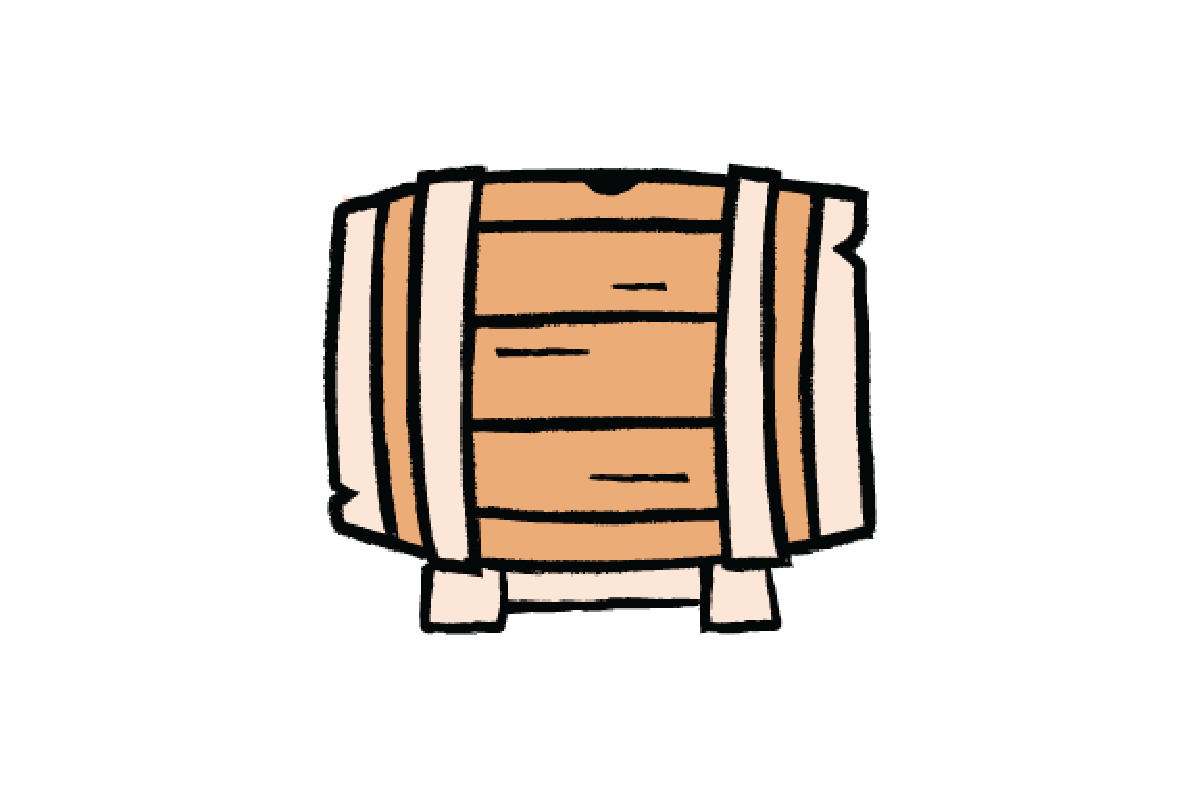Mount Rozier 'Red Snapper' Cinsault 2020
Primary flavours

Dark Berries

Macerated Red Fruit

Red Plum

Black Pepper

Olives

Turkish Delight
Details
Cinsault is probably the most important South African red variety, and that's in spite of what any Pinotage fans might say. It's mix of dank earth and bright red fruit is complex and thought provoking. This wine shows delicate flavours of ripe cherries, olives and peppery spice as well as a baked earth. Despite its delicacy, the palate is firm and concentrated with fine dry tannins. Super versatile and great drinking.
Origin: The Languedoc in southern France. Mainly Grown In: Southern France leads the way, then Sth Africa, and Italy, Turkey and Australia make up the rest! Key Facts: Suited to a warm, dry climate, it surprisingly produces quite elegant wines - soft, fruity and aromatic, and also with the ability to age well. The softness of the wines produced also means it works quite well in rosé form! Although found predominantly in southern France, it was until recently the most planted red variety in South Africa, and is becoming popular again on the back of juicy, fresh reds that are well suited to summer drinking. All up, this is a great replacement grape for Pinot Noir or Gamay - red fruits, soft tannins and plenty of freshness. Fun Fact: It's a super geeky wine argument to discuss whether its spelt Cinsault or Cinsaut. We don't mind which you use. Just drink it.
Origin: The Languedoc in southern France. Mainly Grown In: Southern France leads the way, then Sth Africa, and Italy, Turkey and Australia make up the rest! Key Facts: Suited to a warm, dry climate, it surprisingly produces quite elegant wines - soft, fruity and aromatic, and also with the ability to age well. The softness of the wines produced also means it works quite well in rosé form! Although found predominantly in southern France, it was until recently the most planted red variety in South Africa, and is becoming popular again on the back of juicy, fresh reds that are well suited to summer drinking. All up, this is a great replacement grape for Pinot Noir or Gamay - red fruits, soft tannins and plenty of freshness. Fun Fact: It's a super geeky wine argument to discuss whether its spelt Cinsault or Cinsaut. We don't mind which you use. Just drink it.
Read more
Taste Profile
This wine’s tasting notes.
Sweetness

lowmediumhigh
Body

lightmediumfull
Fruitiness

nonesomelots
Tannins

lowmediumhigh
Acidity

lowmediumhigh
Oak

nonesomelots
Alcohol

low
(under 12%)medium
(12-14%)high
(14%+)
Taste Summary
This wine’s tasting notes are leaning towards medium bodied, low sweetness, with medium acidity, some fruitiness, medium tannins, medium alcohol and some oak.
Specs
Region
Western Cape
country
South Africa
Grape type
Cinsault
Wine Maker
Mount Rozier
Alcohol
13.8%
Vintage
2020
Cellar period
3-5 years
Production method
Whole Bunch Fermentation
Pairing guide
Cinsault is one of those wines which, no matter where it’s produced, immediately makes you feel like you’re sitting at a bistro somewhere in Paris. The classic pairing for this varietal is escargot - snails stuffed with garlic butter, but if you’re not up for chowing down on molluscs, the garlic butter is still a pretty good pointer for what works best with this wine! This Cinsault is a real meat-eater’s wine, and lamb, beef, duck, chicken, goat, and pork will all work well, especially when slathered in garlic and herbs, and served with a rich gravy. Vegetarians will get great results with lentil dishes, wild mushrooms, and beets.
Read more
Food

Grilled Meat

Grilled Mushrooms

Rustic French Cuisine
Tastes

Bitter

Earthy

Rich
Moods

Contemplative

Relaxed
Seasons

Winter

Autumn
Recipe Matches
Wine region

Western Cape, South Africa
The Western Cape is the overarching region that encompasses 22 wine regions within South Africa. Bounded to the west and south by the huge cooling influences of the South Atlantic and Indian Oceans and with ranges of hills and mountains creating not just some of the most spectacular landscapes in the world of winemaking but also plateaus and valleys that expose and shelter vineyards to and from the sun and sea resulting in a myriad of different terroirs.The varietals grown within the Western Cape are varied, with Cabernet Sauvignon, Chardonnay, Chenin Blanc and Pinotage among the most common grown varieties across the region.
Read more




























